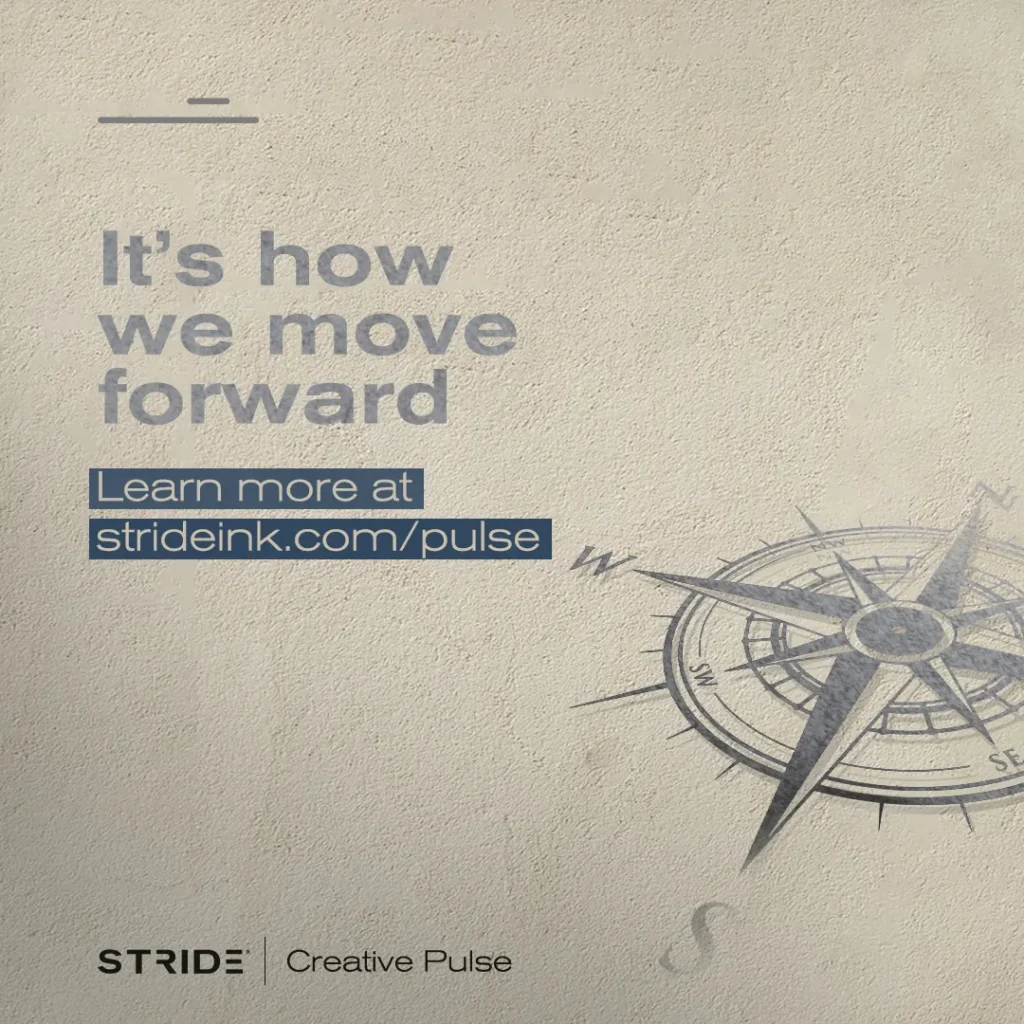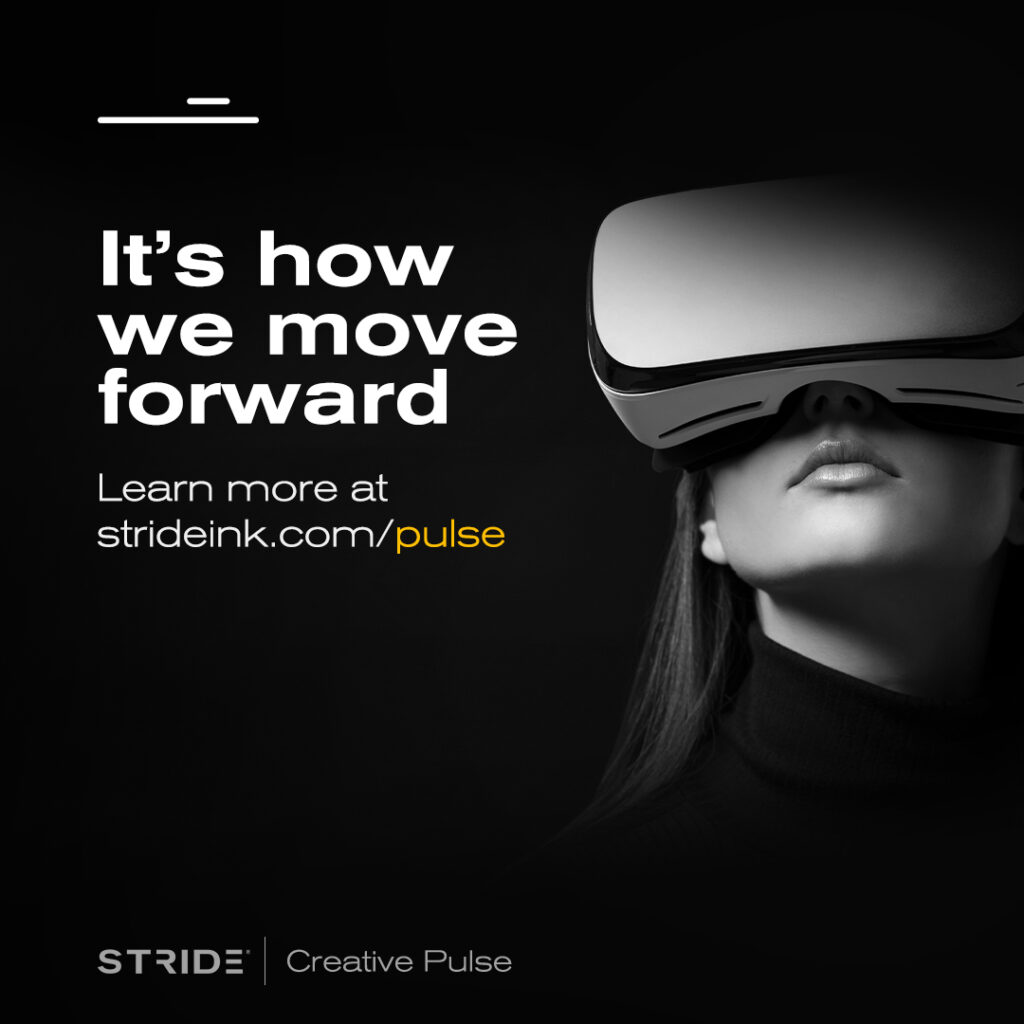When we talk about design, we often focus on key features and improvements. But what if we not only think about what we create, but who we create for? This is where equitable design enters the picture, challenging us to think about design in a way that serves everyone fairly.
The Creative Challenge of Equity
Equitable design isn’t about applying a one-size-fits-all approach. Instead, it asks us to acknowledge a fundamental truth: different people need different things to achieve the same outcomes. This challenges our creative process in profound ways, pushing us to look beyond our immediate perspective – much like adjusting our posture to see what lies in different directions.
Think about designing a public park. A usual approach might focus on creating beautiful landscapes and standard playground equipment. An equitable approach asks deeper questions: How do elderly visitors experience this space? What about parents with strollers? Children with different abilities? People from various cultural backgrounds? Each question opens new possibilities.
Breaking Through Design Resistance
Just as we face resistance in any creative endeavor, equitable design comes with its own forms of creative blocks:
- The comfort of familiarity draws us back to designing for people like ourselves
- Fear of getting it wrong can paralyze our creative process
- The complexity of considering multiple perspectives can feel overwhelming
But remember: these are exactly the kinds of creative challenges that lead to breakthrough innovations. When we push through this resistance, we may come up with solutions that benefit everyone, not just our target groups.
The Four Pillars of Equitable Design
1. Inclusive Research and Discovery
Start by acknowledging what you don’t know. This means:
- Engaging with diverse communities early in the process
- Listening more than speaking
- Being prepared to have your assumptions challenged
- Documenting experiences different from your own
2. Flexible Solutions
Instead of seeking a single perfect solution, embrace multiplicity:
- Create adaptable designs that can evolve with user needs
- Provide multiple ways to achieve the same goal
- Build in customization options that respect different preferences
- Consider how your solution might need to change across different contexts
3. Continuous Learning
Equitable design is a journey, not a destination:
- Regular feedback loops with diverse user groups
- Ongoing measurement of outcomes across different demographics
- Willingness to iterate and improve based on real-world usage
- Documentation of lessons learned for future projects
4. Intentional Impact
Move beyond good intentions to measurable results:
- Set clear goals for equity in your design outcomes
- Track how different groups experience your product
- Measure both intended and unintended consequences
- Be prepared to make changes based on what you learn
Finding The Courage
Equitable design requires courage – the courage to:
- Admit what we don’t know
- Ask uncomfortable questions
- Make mistakes and learn from them
- Challenge established norms
- Stand up for underserved users
Just as we must give ourselves permission to be creative, we must also give ourselves permission to design differently, question our assumptions, and prioritize fairness over what is familiar.
Real-World Impact
Consider these examples of equitable design in action:
The OXO Good Grips line of kitchen tools was originally designed for people with arthritis but became popular with everyone because they were simply better tools. This is the “curb-cut effect” in action – when designs created for specific needs end up benefiting everyone.
Video game developers implementing colorblind modes discovered that these settings often improved visual clarity for all players, leading to better gaming experiences across the board.
Mobile apps that work well on low-bandwidth connections not only serve users in rural areas but also provide faster, more efficient experiences for everyone.
Moving Forward
As creators, we have the power to shape the world through our designs. Equitable design asks us to use that power responsibly, to look beyond what we are used to, and to create products that serve everyone fairly.
Remember: equitable design isn’t about limiting creativity – it’s about expanding it. Each constraint becomes an opportunity to make something better, each challenge a chance to think differently, and each success a step toward a more inclusive world.
The next time you approach a design challenge, try shifting your creative posture. Look in directions you might have missed before. Ask who might be left out of what you’re building. Consider how different people might experience your work differently.
This is where true innovation lies – not just in what we create, but in who we create it for.

